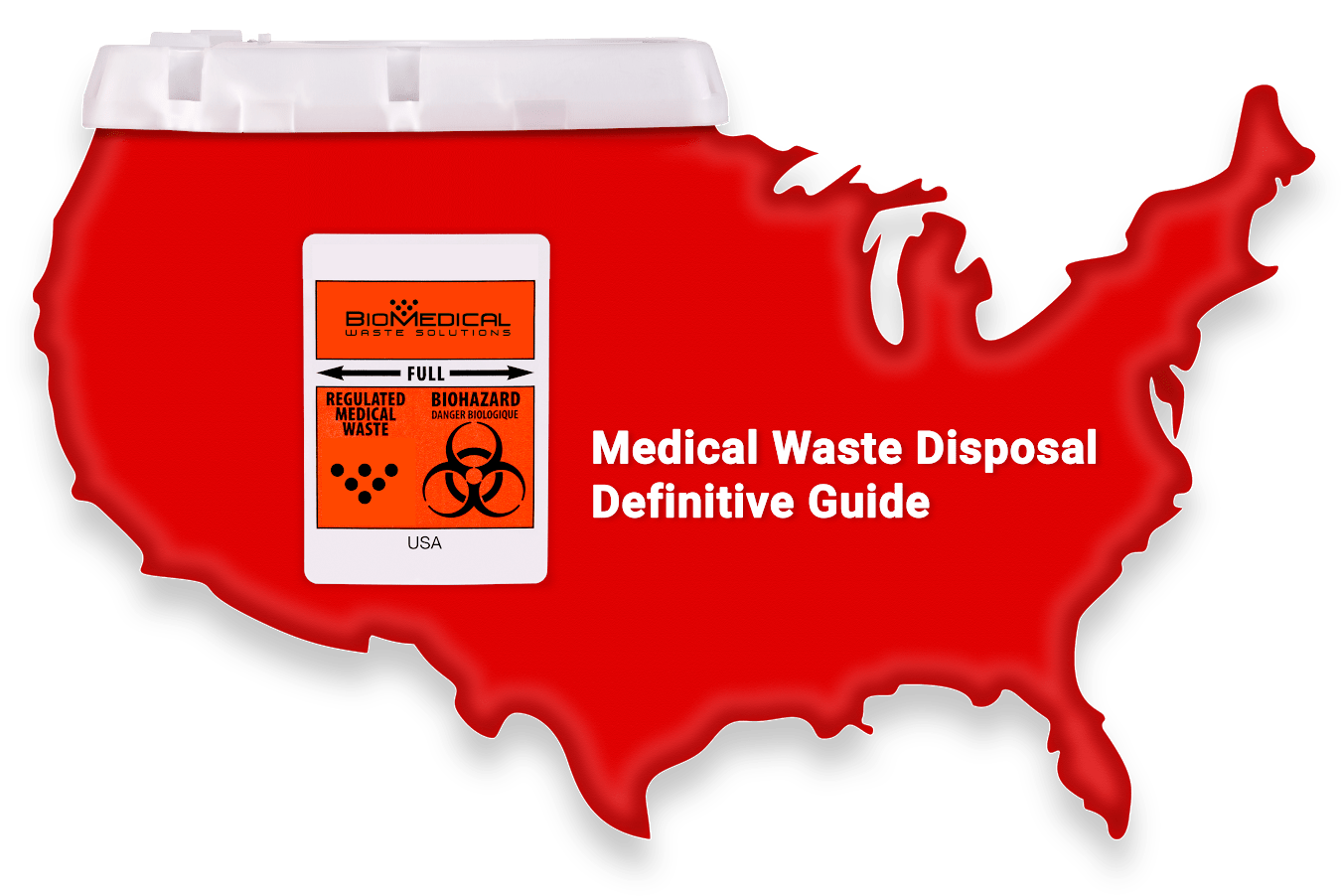Navigating Security: The Crucial Overview to Medical Waste Disposal Best Practices
Comprehending the Various Sorts Of Waste Disposal Techniques
In the realm of waste administration, the variety of disposal methods available today is large and varied, each approach offering an unique function in dealing with the difficulty of waste disposal. click here. From recycling techniques that aim to give brand-new life to products, to the complex procedures of dangerous waste administration, the landscape of garbage disposal is complex yet critical for environmental sustainability. Comprehending the nuances of these various techniques not just clarifies the relevance of accountable waste management yet also triggers us to reassess our approach in the direction of garbage disposal in a quickly advancing globe

Recycling Approaches
Reusing methods are crucial for lasting waste management practices in both commercial and domestic settings. medical waste disposal. By implementing effective recycling approaches, a significant quantity of waste can be drawn away from land fills, conserving all-natural sources and decreasing the environmental influence of manufacturing procedures
In suburbs, curbside recycling programs play a crucial function in motivating homes to separate recyclable products from general waste. Products such as paper, plastics, glass, and metals can be sorted and accumulated for handling right into brand-new products, decreasing the demand for resources and energy-intensive production procedures.
Industrial facilities also depend on reusing methods to reduce waste generation and promote a circular economy. By carrying out closed-loop systems, services can recycle products within their production procedures, lowering prices and environmental impact. medical waste removal near me. Additionally, commercial recycling programs usually include partnerships with specialized reusing centers to ensure that products are appropriately sorted, processed, and reintegrated right into the supply chain
Composting Techniques

Oxygenated static stack composting includes mixing organic waste products in a big pile and on a regular basis transforming it to make sure correct aeration. This strategy is fit for smaller-scale operations and families.
In-vessel composting entails placing organic waste in a shut container with controlled conditions for temperature and oygenation. Windrow composting consists of developing long rows of natural waste and regularly turning them to advertise decomposition - medical waste removal service.
Landfill Disposal
Land fill disposal is a typically used method for handling waste that can not be recycled or composted. Methane gas, a result of breaking down natural waste in garbage dumps, is commonly gathered and utilized as a source of renewable power. Initiatives to lower dependence on land fills consist of advertising waste reduction, recycling, and exploring alternative waste disposal methods to decrease the ecological footprint connected with standard landfill disposal methods.
Waste-to-Energy Incineration
Incineration of waste for power generation is a method progressively being considered as an option to standard land fill disposal methods. Waste-to-energy incineration includes the burning of waste materials at heats, usually in specialized centers developed to generate electricity or warmth via the procedure - click here. This strategy not just reduces the quantity of waste that would otherwise be destined for garbage dumps yet also harnesses the heat produced throughout incineration to produce energy
One of the key benefits of waste-to-energy incineration is its ability to generate electricity while decreasing the ecological effect compared to standard land fill disposal techniques. By converting waste into energy, this method aids in reducing greenhouse gas emissions and reliance on nonrenewable fuel sources for power generation. In addition, waste-to-energy facilities are equipped with sophisticated air pollution control innovations to alleviate prospective environmental pollutants released during the burning process.
Contaminated Materials Administration

Thinking about the crucial importance of liable waste management practices, specifically in the world of environmental sustainability, the emphasis currently shifts in the direction of the complex domain of Hazardous Waste Administration. Hazardous waste positions considerable threats to both human health and the atmosphere, demanding specific handling and disposal methods. Common instances of contaminated materials consist of chemicals, batteries, pesticides, and electronic waste.
Hazardous Waste Administration entails the identification, collection, transport, therapy, and disposal of products regarded potentially harmful or harmful. This process requires adherence to stringent laws and standards to mitigate adverse influences on ecosystems and public wellness. Numerous approaches are used in taking care of hazardous waste, consisting of recycling, safe land fills, encapsulation, and chemical therapy.
Proper Contaminated Materials Administration is essential for stopping contamination of dirt, water sources, and air pollution. It is necessary for markets, research laboratories, health care centers, and various other generators of contaminated materials to carry out robust monitoring strategies, training programs, and emergency reaction prepares to guarantee the risk-free handling and disposal of these materials. Failing to handle contaminated materials appropriately can have significant effects, highlighting the relevance of persistent and accountable practices in this area.
Final Thought
In final thought, waste disposal strategies play an essential function in managing and reducing the impact of waste on the setting. It is essential for individuals and markets to recognize the different waste disposal techniques readily available and select the most appropriate technique for lasting waste monitoring.
In the realm of waste monitoring, the variety of disposal techniques readily available today is substantial and varied, each technique offering an unique purpose in addressing the difficulty of waste disposal. click here. From recycling approaches that aim to give new life to materials, to the detailed processes of harmful waste administration, the landscape of waste disposal is complex yet essential for environmental sustainability. Recognizing the subtleties of these various techniques not just sheds light on the importance of liable waste administration yet also motivates us to rethink our method towards waste disposal in a rapidly advancing world
Efforts to reduce dependence on garbage dumps consist of promoting waste reduction, recycling, and checking out different waste disposal methods to reduce the environmental footprint linked Source with standard garbage dump disposal techniques.
It is important for sectors and people to comprehend the various waste disposal methods readily available and pick the most appropriate approach for sustainable waste monitoring.